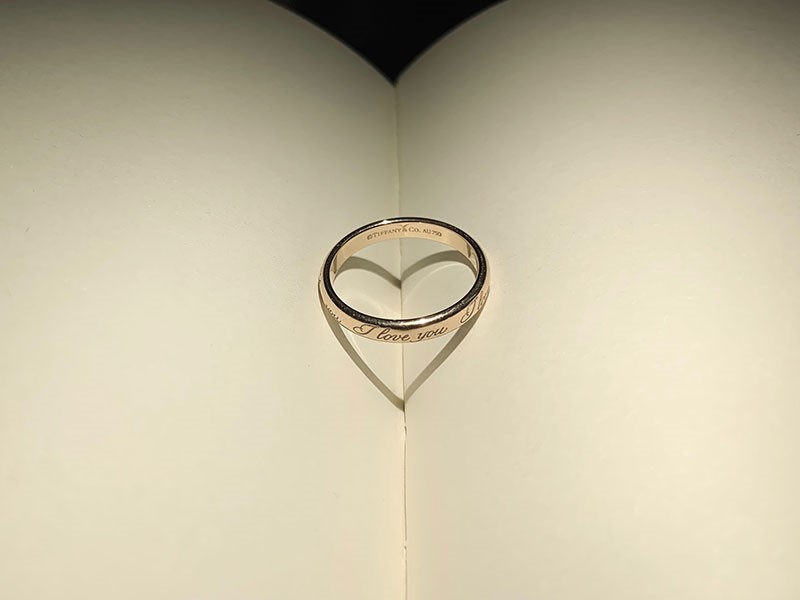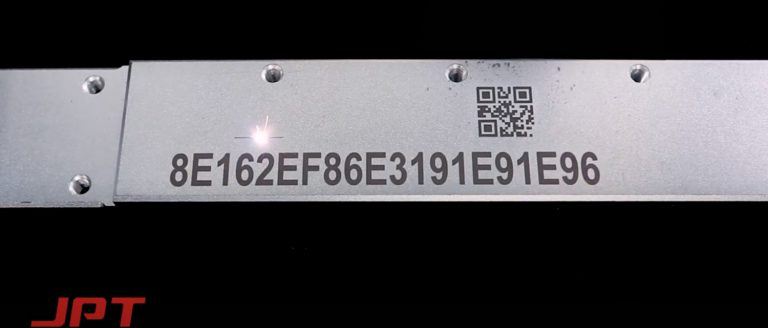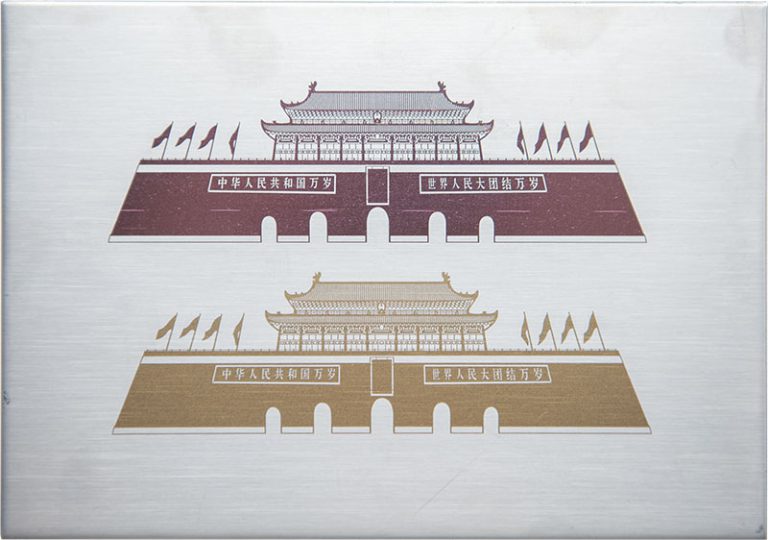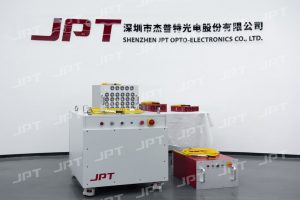Table of Contents
The engraving on objects dates back to ancient times. In recent years, the need for engraving and marking metallic ornaments like gold jewelry has increased manifolds. Laser-based engraving techniques are a more modern invention. Unlike the traditional mechanical methods, which require cutting tools such as a bit or rotary cutter, a laser beam does the engraving work.
The jewelry industry has attained the highest standards owing to advanced laser technology. High precision laser engravings are possible on almost any type of jewelry, including gold, silver, platinum, titanium, and stainless steel. The best reason for using laser engraving technology is that it provides flexibility, precision, and quality.
Different Kinds of Jewelry Engraving/Marking
A critical factor in getting the mark of your choice on any jewelry item is to select a laser engraving technology. There are a few standard technologies that are currently used for laser engraving jewelry.
Crystal Laser Engraving Machine
Crystal laser technology uses a crystal to produce a laser beam. This type of laser machine is used for glass and sculpture engraving.
CO2 Laser Engraving Machine
CO2 lasers are known as gas-based lasers. These lasers are one of the earlier developed lasers used for engraving applications.
UV laser Engraving Machine
Ultraviolet (UV) laser engraving machine is developed using a UV laser. It can generate a high-energy laser beam within a small focus spot. JPT offers Lark and Seal series laser sources for ultra-fine marking and engraving of jewelry made of plastic, glass, crystal and ceramics, and cutting jewelry items of gold and silver.
Fiber Laser Engraving Machine
Fiber laser engraving is the latest technology for jewelry engraving and marking. It is easy to handle, produces the best results, and takes a short time to engrave hard metal jewelry. JPT’s M7 series high power MOPA fiber lasers offer excellent laser performance for the marking and engraving of jewelry. It can mark various materials, including steel, titanium, aluminum, gold, copper, ceramics, and some plastics.
Laser-based engraving is a multipurpose technology. A single laser system can engrave metals and even non-metal surfaces, such as acrylic, plastic, and wood. It can be used to personalize different shaped items to engrave rings, bracelets, necklaces, or watches.
The laser machine uses a non-contact marking method. There is no contact between the laser and material during the engraving process. The jewelry item being marked is never compromised. Also, the laser machine doesn’t have any moving parts, which can wear down over time and require re-tooling.
You can create any design and have it successfully engraved onto your jewelry item. There are endless possibilities for jewelry design, including engraving a photo onto a pendant, adding a unique pattern to a ring, or personalizing a necklace with a message.
The most significant advantage of laser engraving is its fast speed. The engraving time per item depends on the design complexity and engraving depth. On average, a job takes anywhere from a few seconds to a few minutes.
The laser engraving process is an eco-friendly technology since it doesn’t use harmful chemicals. In contrast, other engravings and marking methods use chemicals that pollute the planet, such as etching chemicals.
Understanding Laser Marking/Engraving on Jewelry
Laser technology is used for a wide range of applications in the jewelry industry. Manufacturing and retail jewelers are using lasers to engrave, mark, and wield jewelry items. All jewelry metals such as gold, silver, stainless steel, titanium, and precious stones can be marked or engraved using laser technology.
Laser welders can fill porosity, repair bezel settings, resize rings without removing stones, and correct manufacturing defects. Laser technology is also used for photo etching and picture marking on jewelry, engraving of gold or silver to make jewelry pieces like earrings, rings, lockets, pendants, and adding adornments on jewelry to give them a beautiful look.

Laser engraving process involves creating an oxide layer on the surface of the material. This process happens when the material temperature is raised well above room temperature using laser heating mechanisms. Laser engraving does not remove any of the material to create the marking, but instead, materials react with oxygen present in the atmosphere to form a stable metal oxide.
The heat changes the color of the surface layer of the metal while maintaining a smooth and solid metal base. Once a film is formed on the surface, it can reflect the white light of a particular color depending on the film thickness.
Advantages Of JPT Laser For Your Jewelry Business
If you want to purchase a laser machine for your jewelry business that engraves jewelry according to your customer demands, you have reached the right place. JPT Laser offers a range of laser marking and engraving machines for your jewelry business.
JPT’s Lark and Seal series laser sources are best suited for ultra-fine marking and engraving of jewelry made of plastic, glass, and crystal. JPT fiber laser machine is the best choice for marking and engraving processes, such as color marking on stainless steel and deep engraving, or marking different jewelry items such as conical rings, bangles, bracelets, or any irregular shape on the jewelry.
JPT M7 series high power MOPA fiber lasers show excellent laser performance with a high level of temporal pulse shaping controllability. The laser peak power can be well maintained by adjusting different combination parameters. The high output power has its advantages, especially in high-speed engraving applications.
Recommend Reading

How to Avoid Common Mistakes in Laser Engraving
Table of Contents What is Laser Engraving? ‘Engraving’ is the process of marking by cutting the flat or curved surface generally for designing purpose. It

Laser Marking: Everything You Need to Know
Used exclusively by industrial manufacturers before, laser marking technology is today used by small business enterprises, makers, hobbyists, and product designers in many different ways.





